Restoring The Past: New Renovations Unearth Old Memories From The Flatbush Dutch Reformed Church
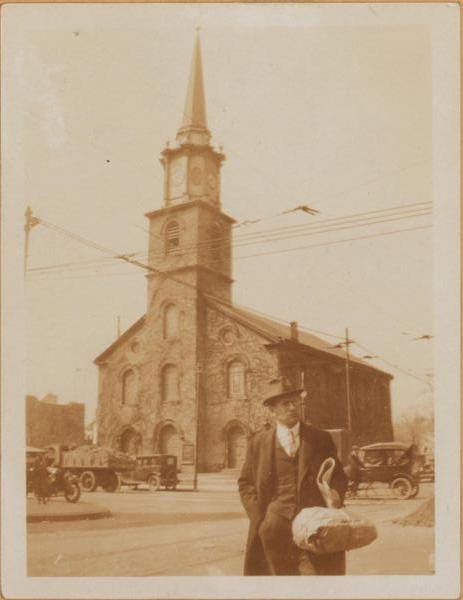
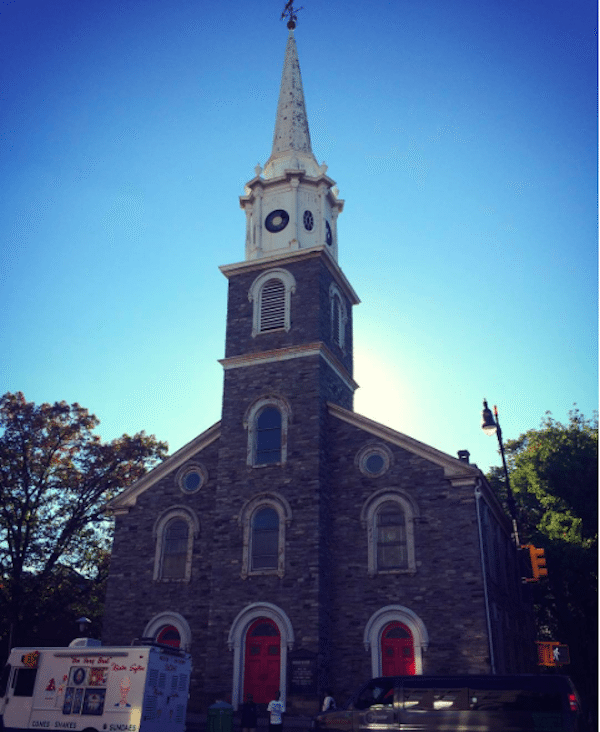
One of Flatbush’s oldest iconic buildings is slated for restoration with a half-million dollar grant from the State. To celebrate, we thought it would be fun to restore tidbits and photos from the landmark’s storied past.
The Flatbush Dutch Reformed Church is one of Brooklyn’s oldest churches and a pinacle of religious and civic life for Dutch settlers in the 1600s. The church is still active today, hosting regular mass, cultural events, farmers markets, and more. The $500,000 restoration grant awarded by the NYC Regional Economic Development Council (REDC), is slated for restoring the oldest building within the complex, which dates back to the 1700s.
The restorations are perhaps long overdue since the address (which contains three buildings) maintains a list of active violations going back to 1994, according to the Department of Buildings.
Despite the unrepaired stone walls, the Flatbush Dutch Reformed Church has been “doin’ good in the ‘hood since 1654.” The date referrs to its original build date under orders from Governor General Peter Stuyvesant, according to the Brooklyn Historical Society’s “Flatbush: Neighborhood History Guide.”
But the church has had three building incarnations in total: the original wood structure from 1654, a stone building with a steeple from 1699, and the current Federalist-style version built by Thomas Fardon between 1793 and 1798.

The stained glass windows were added late in the 19th century, depicting many of the early Dutch settlers, according to Brownstoner.
The churchyard cemetery, however, dates back to the church’s origins in the 1600s, with a sprinkling of gravestones in both English and Dutch.
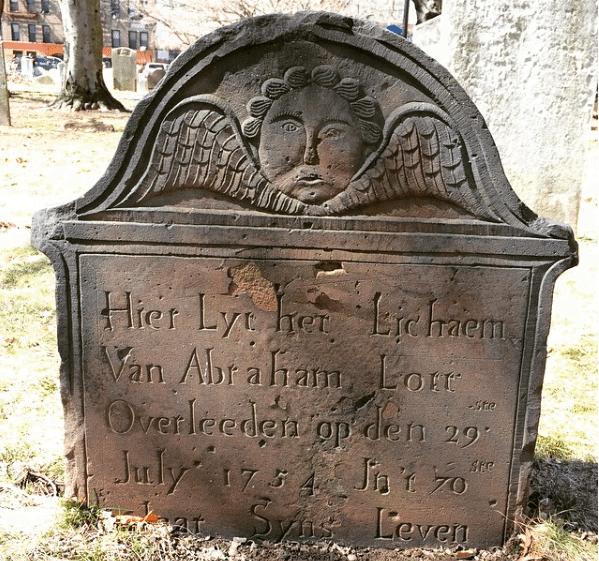
The church was a pillar of civic and religious life both for the original Dutch settlers of “Vlaake Bos”, and the English settlers who later anglicized the village’s name to Flatbush. The original Flatbush courthouse once stood next door, and Erasmus Hall Academy added additional weight and authority to the skyline in 1787.
The church played a critical role in preserving Dutch identity and culture in Flatbush as late as the 19th century, according to the Neighborhood History Guide, as sermons were given in Dutch, Dutch settlers were buried in the cemetery, and Flatbush’s first schoolhouse nearby taught primarily in Dutch language, according to the Flatbush History Guide.
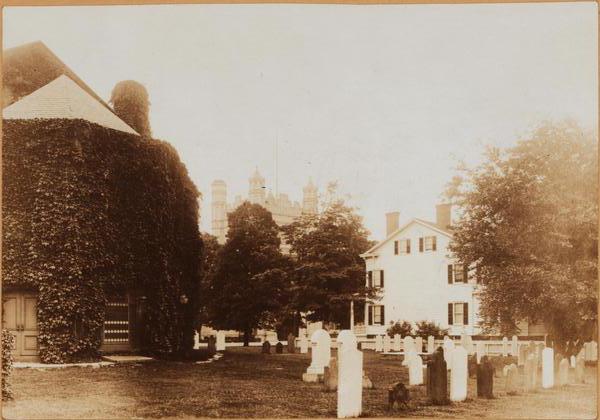
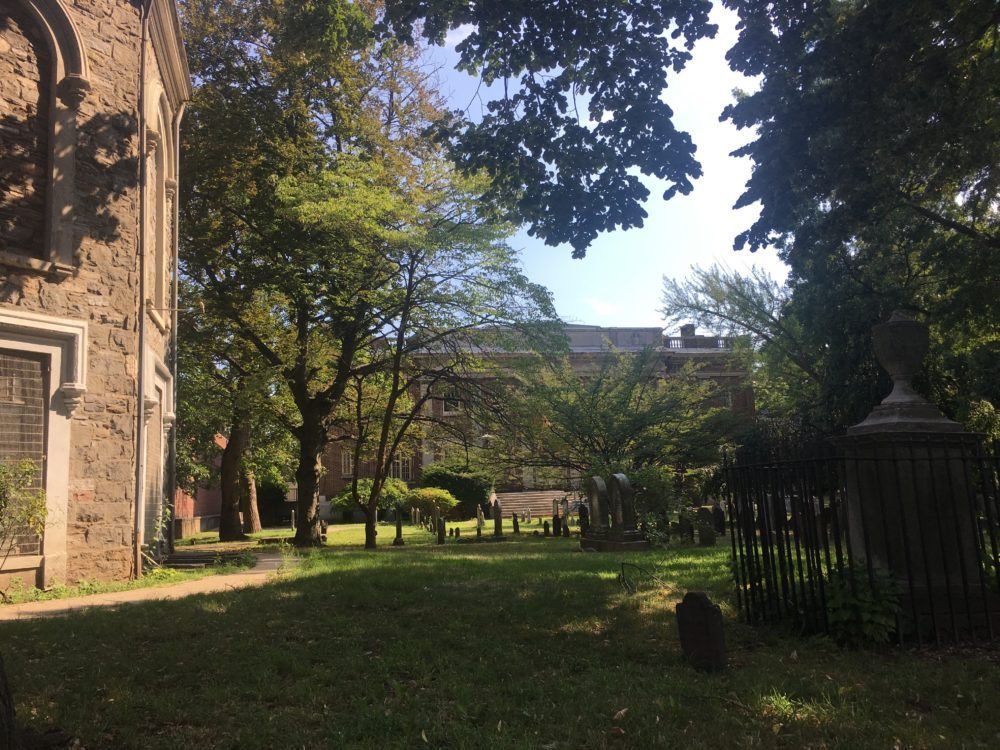
Fun facts about the Church:
- Reportedly, bodies of American soldiers lay buried deep underneath the church foundations, serving as an unmarked gravesite for soldiers killed in the Battle of Long Island, according to theinfolist.com.
- Horror writer H.P. Lovecraft, who lived in Brooklyn for a stint (and apparently hated it!), drew inspiration from the churchyard. The Flatbush Reformed Church and its cemetery appear as a locale for a few of his stories, and he reportedly copied tombstone names for a few characters. [Note: Seytie Suydam is a name found on a churchyard gravestone]
Check out this excerpt from “The Horror at Red Hook”:
Suydam was a lettered recluse of ancient Dutch family, possessed originally of barely independent means, and inhabiting the spacious but ill-preserved mansion which his grandfather had built in Flatbush when that village was little more than a pleasant group of colonial cottages surrounding the steepled and ivy-clad Reformed Church with its iron-railed yard of Netherlandish gravestones.
What historical facts or rumors do you know about the Flatbush Reformed Church? Tell us about your relationship with the Church or its history in the comments below.




